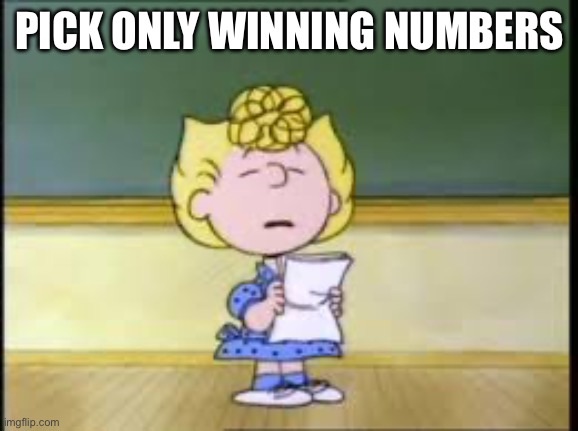As the cryptocurrency landscape evolves, the intersection of national security and digital finance has become a point of intense scrutiny, particularly regarding the capabilities of state actors like the Shin Bet, the Israel National Cyber Directorate (INCD) and Mossad. Given the decentralized nature of cryptocurrencies such as Ethereum and Bitcoin, the focus often shifts to centralized exchanges, where a substantial amount of user data and assets reside. This assessment evaluates the risks associated with potential compromise scenarios by these state actors and the implications for individuals and organizations operating within this space.
The Landscape of Centralized Exchanges
Centralized exchanges like Coinbase and Binance play a pivotal role in the cryptocurrency ecosystem, providing liquidity and access to digital assets. However, their custodial nature means they hold users’ private keys and personal information. This reliance on centralized control creates vulnerabilities that can be exploited by state actors, especially in contexts involving national security and counterterrorism efforts .
Likelihood of Compromise
When considering the potential for compromise, it’s essential to frame it in terms of two scenarios: the likelihood of a covert breach allowing state actors to access a significant number of accounts or the possibility of only accessing a limited subset of accounts.
1. 20% Chance of Accessing 80% of Accounts:
In this scenario, if a successful intelligence operation were to occur, it could lead to access to a large proportion of user accounts, especially those linked to high-risk activities. Centralized exchanges possess vast amounts of data, which could be targeted in an operation aimed at individuals or organizations under scrutiny. Given the history of Israeli authorities collaborating with exchanges to track and freeze accounts related to terrorist financing, the potential for broad access exists .
2. 80% Chance of Accessing 20% of Accounts:
Conversely, a more limited operation could result in access to only a small percentage of accounts. This would likely be the case if robust security measures are in place at the exchange, such as multi-factor authentication, encryption, and compliance with strict regulatory frameworks. The regulatory environment in countries where these exchanges operate, particularly in the U.S. and Europe, imposes significant restrictions on the ability of state actors to conduct covert operations without legal justification .
Centralized Control and Information Gathering
decentralized platforms, centralized exchanges often require users to comply with stringent Know Your Customer (KYC) and Anti-Money Laundering (AML) regulations. This means they collect not only transaction data but also personal identification documents, residential addresses, and bank details. In the hands of state actors, this kind of sensitive information could be weaponized for non-financial leverage:
1. Targeting Key Figures: The executives, founders, or even employees of these exchanges may possess valuable knowledge about high-profile users, their financial behavior, and personal histories. For state intelligence agencies, this information can be used to manipulate or influence these individuals by threatening to expose their private details or compromising transactions.
2. Strategic Blackmail: The threat of revealing sensitive financial activity (such as connections to controversial figures, or transactions that could be construed as illicit) gives state actors powerful leverage. Even if there’s no illegal activity, the perception of wrongdoing could tarnish reputations, leading individuals or businesses to comply with certain demands to avoid public scrutiny.
3. Influence Over Exchange Operations: Beyond targeting individuals, state actors could pressure exchange operators to comply with broader intelligence objectives. This might involve monitoring certain accounts, gathering data on specific users, or even influencing decisions about which projects or coins are promoted or listed on the platform. The pressure might not come in the form of overt legal mandates but rather subtle, behind-the-scenes coercion.
Blackmail Without Access to Funds
The critical vulnerability here is that even if these state actors cannot directly access funds due to secure protocols, the data held by exchanges can serve as a tool for blackmail. This is particularly relevant when considering the following:
• Transaction Histories: Blockchain transactions are transparent and traceable, and exchanges maintain detailed records of user behavior, including trades and transfers. This data can reveal patterns that might be used to implicate users in illicit activities (whether accurate or not), providing leverage for blackmail.
• Personal Information: Beyond financial activity, the personal data collected during the KYC process could be used to threaten individuals with identity theft, public exposure, or other forms of harassment. This is especially concerning for individuals operating in politically sensitive environments.
Case Examples and Possibilities
While there is no publicly confirmed case of such tactics with cryptocurrency exchanges, there are precedents in the broader intelligence community of states using private sector data to exert influence or control. Israel, for instance, has been active in monitoring and targeting cryptocurrency transactions linked to terrorist financing, successfully freezing accounts on platforms like Binance . This level of access, combined with the intelligence capabilities of Mossad, opens up possibilities for the more subtle use of data for blackmail and influence.
Implications for Risk Management
Given these two potential scenarios, it is crucial for individuals and organizations engaged in cryptocurrency transactions to implement comprehensive risk management strategies:
• Utilizing Non-Custodial Wallets: By using non-custodial wallets, users retain control over their private keys, significantly reducing the risk of losing assets to centralized exchanges. This approach minimizes exposure to potential state intervention.
• Diversifying Assets: Spreading funds across multiple platforms, including decentralized options, can mitigate risks associated with potential compromise on any single exchange.
• Monitoring Legal Developments: Staying informed about the geopolitical landscape and legal frameworks surrounding cryptocurrency is essential for anticipating and navigating potential risks associated with state actions .
Conclusion
While the prospect of compromise by state actors may appear minimal in some respects, the implications of even a 20% chance of covert access to centralized exchanges warrant serious consideration. Through strategic risk management and awareness of the operational landscape, individuals and organizations can better safeguard their assets and information against potential state interventions in the cryptocurrency space.
References




